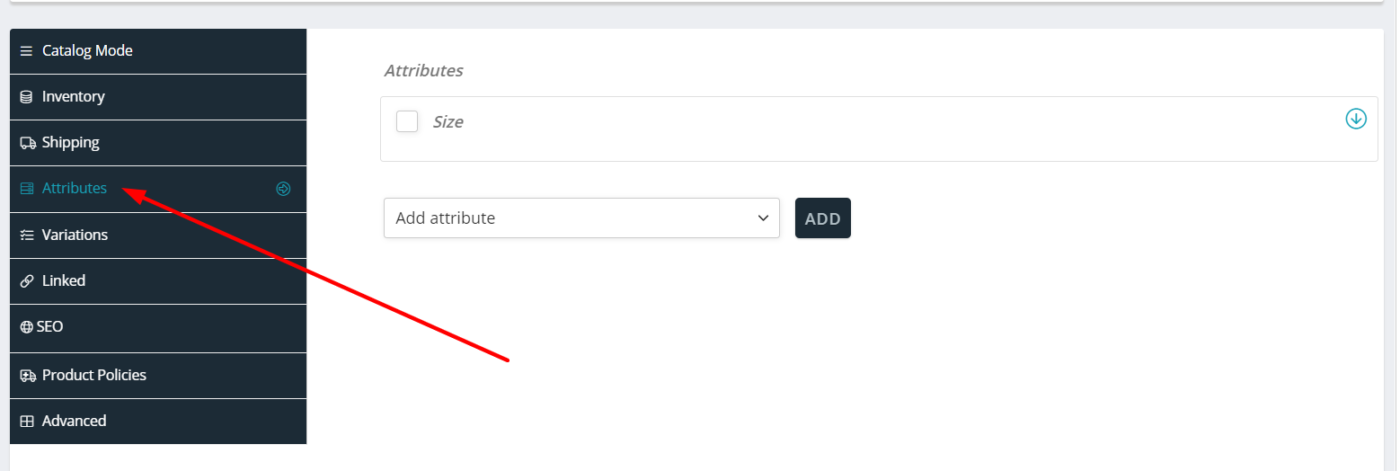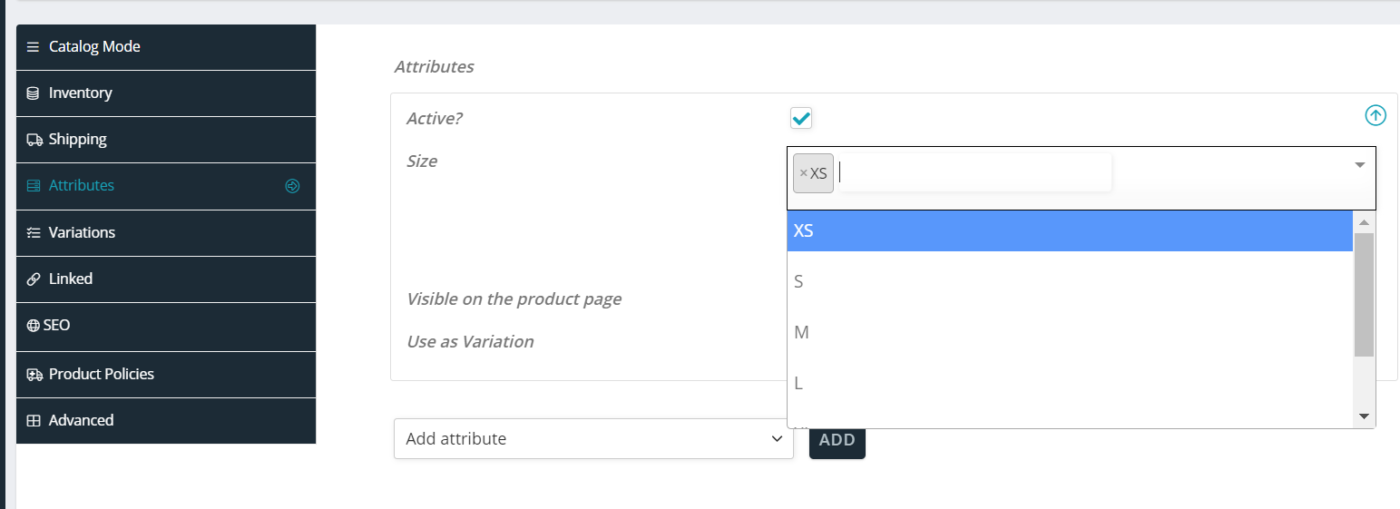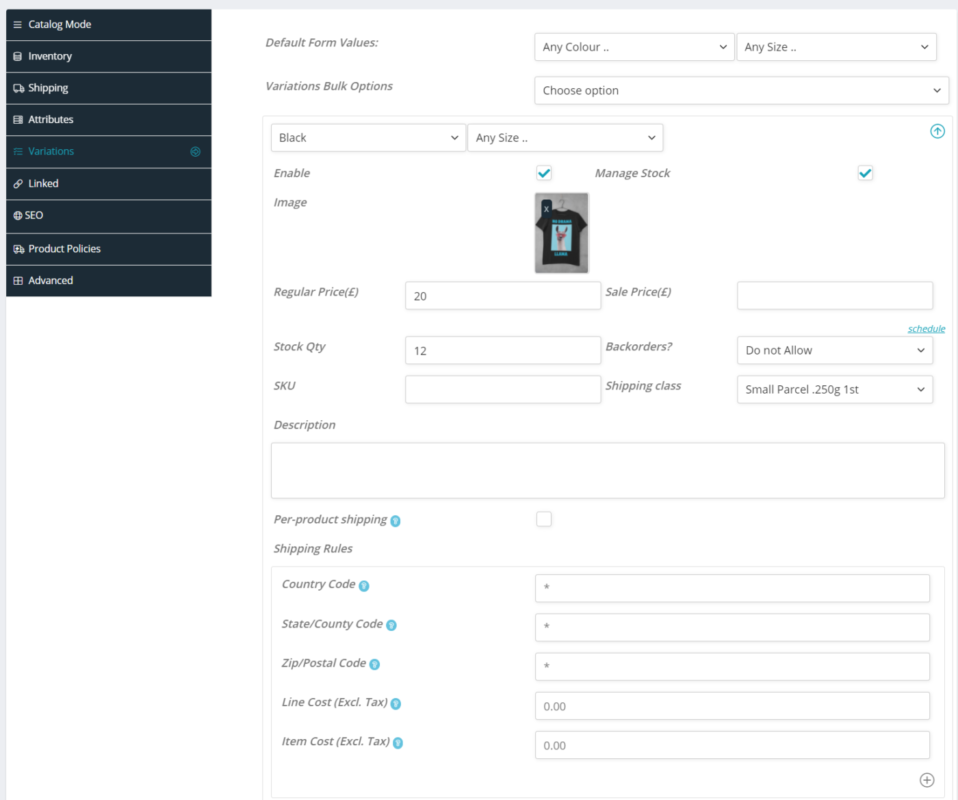Seller Help Product Attributes and Variations
Many products come in several sizes, colours, or other variations such as deluxe versions, or different materials. Some of these options could cost more to buy or ship, for example the stainless steel version of a product may be a lot more expensive than the cardboard one.. Attributes and variations allow you to vary the pricing and options for your products.
Select Variable Object as the product type
Enabling the product as a variable product allows you to define attributes and variations such as size and colour.
First Select Attributes to define the product variations
Your product attributes are the things that make your product variable, these are things like the material the item is made from, the colour, the size, or even quantity of items that come with products that consist of many items. The possibilities for a attribute are limitless so almost any product no matter how many variations it has can be replicated here
Size is a predefined attribute
Due to size being almost universal with most clothes, it comes predefined with standard sizes from XS to 2XL.
Define the options for the attribute
Each attribute has to have its options defined, this is simply a list of the options separated by the | symbol.
Example for colour could be White | Blue | Red | Green | Black
Once the attributes are defined set the variation details
Variations can be treated as almost completely different products, so you can:
- charge a different amount for shipping to some locations,
- change the price for different colours, styles or designs
- manage stock levels for each variation individually, for example you could have 5 black T-Shirts and 8 White ones.
To setup the variation details just click the down arrow, you can create as many independent variation setups as you wish
1. Example of Setting different variations
In this example as the black T-shirts are more expensive to make the price is £20 and they are being sent 1st class post. We have 12 black T-shirts in stock so we can manage our stock levels and not sell shirts we do not have.
2. Example of Setting different variations
In the second example as the white T-shirts are cheaper to make so the price is set at only £12 and they are being sent 2nd class post, as they are not a premium item. We have 20 white T-shirts in stock so we can manage our stock levels and not sell shirts we do not have.
The examples we have shown for variations are simple, obviously in our T-Shirt example if we wanted to manage stock levels exactly and never sell a shirt we didn’t have, we would need far more variations, one for each colour and size.
This flexibility enables you to setup almost any product imaginable with many custom variations. The only limit on the number of attributes is your time to setup all the options.
Summary
The examples we have shown for variations are simple, obviously in our T-Shirt example if we wanted to manage stock levels exactly and never sell a shirt we didn’t have, we would need far more variations, one for each colour and size.
You are not limited to just simplistic size and colour, you can create attributes for the material the item is made from, the style, design, quality and more.
This flexibility enables you to setup almost any product imaginable with many custom variations. The only limit on the number of attributes is your time to setup all the options.








